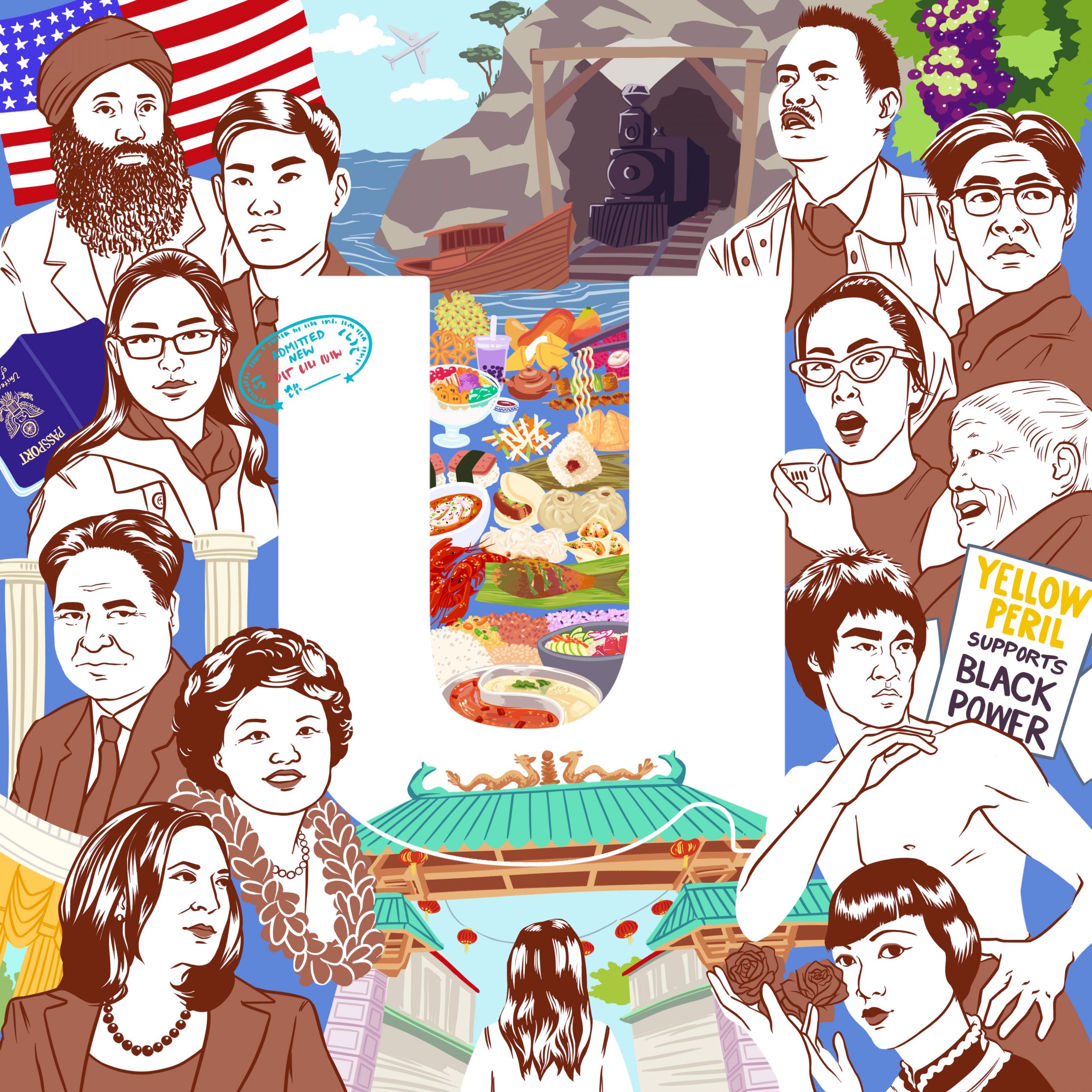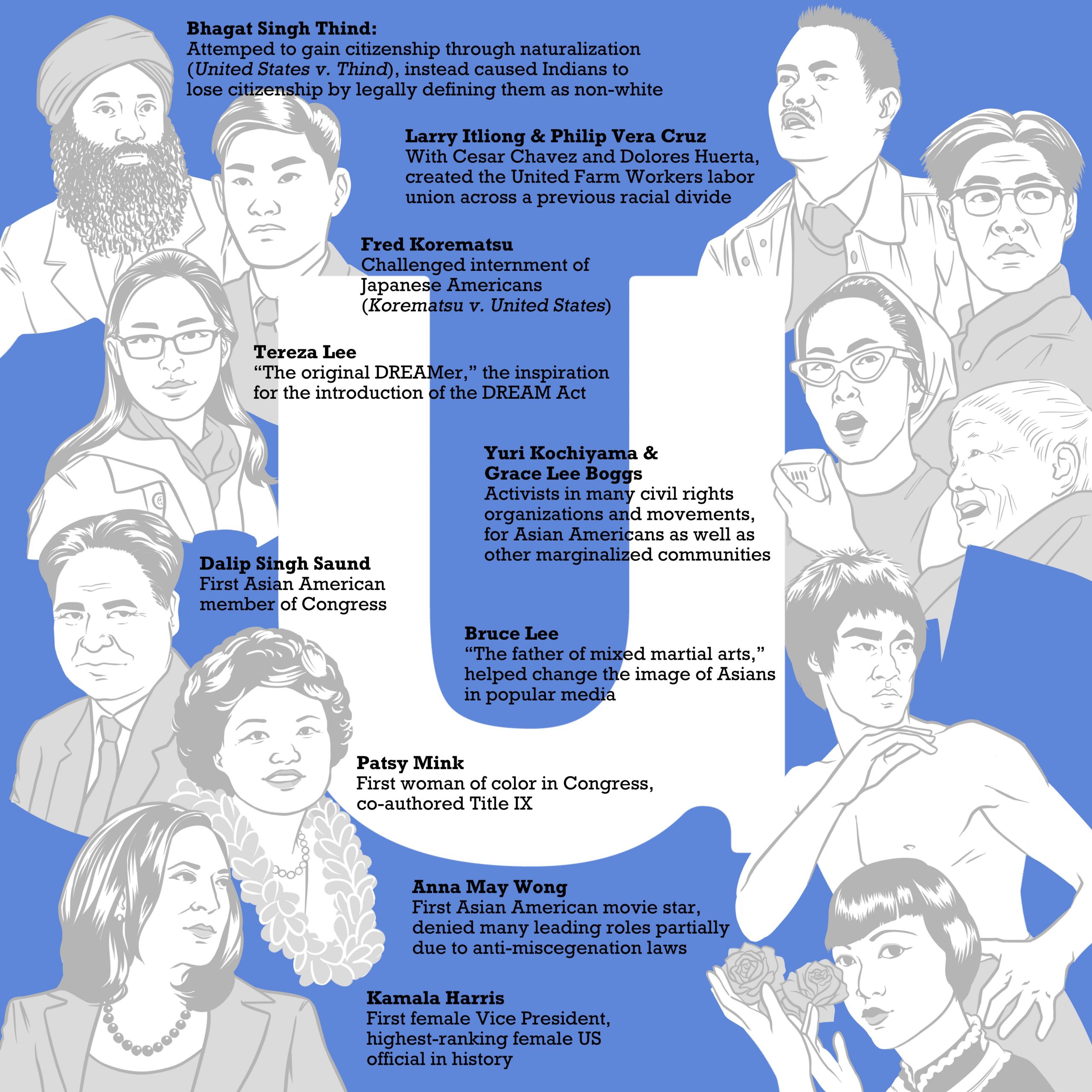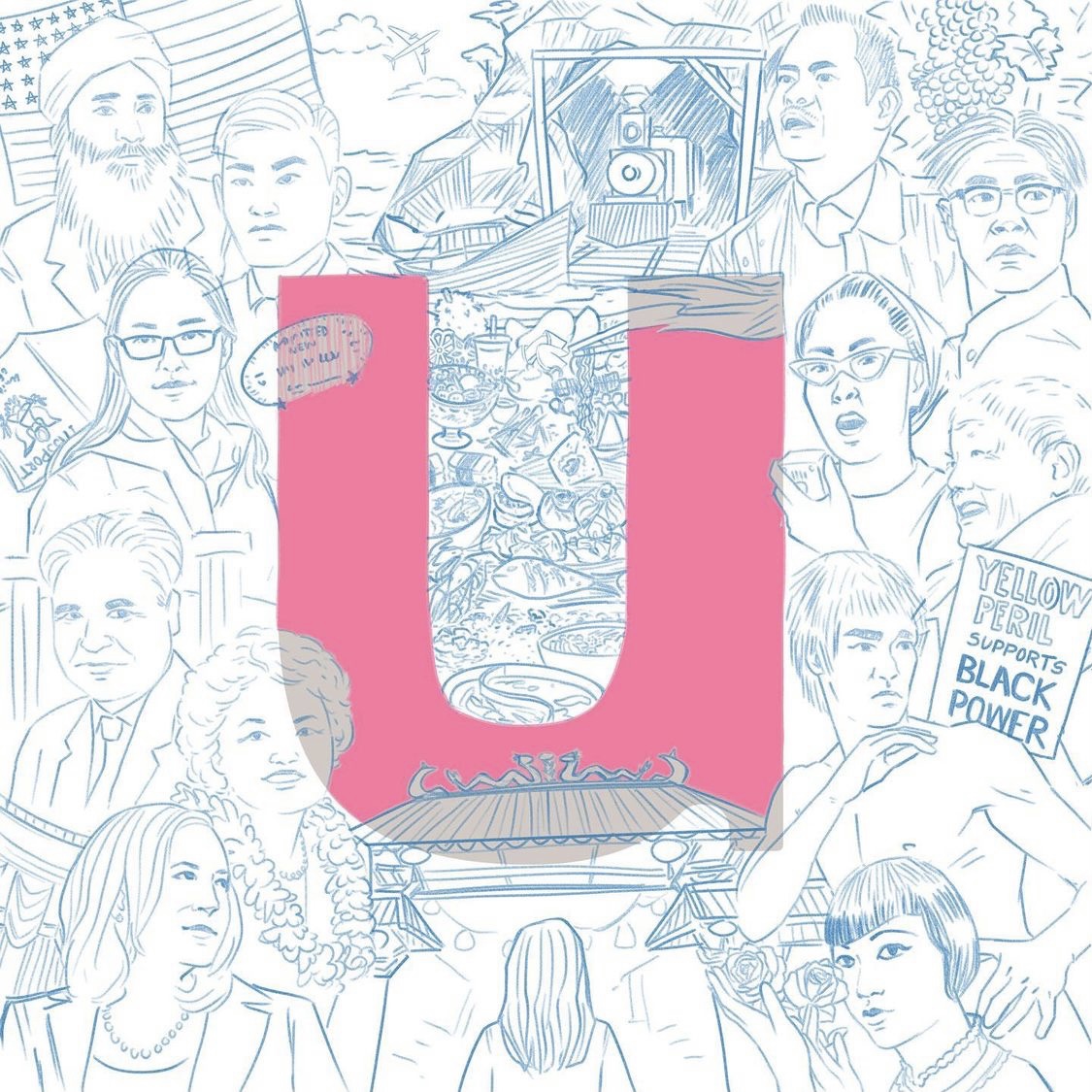Utile Celebrates Asian American & Pacific Islander Heritage Month with logo design by Olivia Li
May is Asian American & Pacific Islander Heritage Month! We are excited to present this Utile logo design by the brilliant Olivia Li to help celebrate AAPIHM. As part of our ongoing Justice, Equity, Diversity, and Inclusion (JEDI) Initiative, we are engaging with a diverse group of talented artists to redesign our logo to honor commemorative observance months throughout the year.
Statement from the Artist:
The term “Asian American” is inherently political in origin. It was coined by Yuji Ichioka during the founding of the Asian American Political Alliance in 1968, intentionally emphasizing a conscious decision of many people from a huge, multicultural continent to gather under an umbrella for the purpose of solidarity. As members of the Asian diaspora living in a majority-white country, we have been seen as the “perpetual foreigner” since the first wave of East Asian immigrants arrived in the United States in search of a so-called American dream. When I look at my own relationship with history and with present-day activism, I want to make sure that I continually prioritize solidarity among our disparate communities *as well as* with other marginalized communities in the US.
To that purpose, my illustration for Asian American and Pacific Islander Heritage Month involves three concepts: 1) notable figures in Asian American history, 2) the different conditions in which AAPI peoples arrived in the United States, and 3) solidarity among our vibrant and distinct communities of different Asian diasporas. The historical figures lining the sides represent issues of immigration and citizenship, milestones in American politics, activists who fought for the rights of other minority communities as well as Asian communities, and entertainers that made a difference in American culture. I have a lot to say about these people and not a lot of room to say it.
Looking at the different ways in which Asians came to America, we can also start to see the social and economic disparities in different Asian American communities which put lie to the myth of the model minority. Some diaspora communities are represented by the people who were able to enter the country through the Hart-Celler Act of 1965, which prioritized highly-educated immigrants who were in a position to build profitable careers. Others arrived mostly as refugees, often displaced by United States military and political actions in and around their home countries. It’s important to know how these differences of situation affect communities to this day.
A note on food as representation: In present-day conversations about Asian Americans relating to their heritage, food is often cited as a primary touchpoint, sometimes in a way that reduces a culture down to its food. On the other hand, food is often an accessible and joyful way to connect to and share a culture, and there are dishes and methods of cooking that have made their way across the entire continent of Asia in one form or another. I have also included several American-specific foods, like chop suey and spam musubi, the creations of which are reflective of Asian American experiences of the time.
I deeply encourage viewers to do their own research on Asian American history, using this illustration as a jumping-off point if needed. In American public school education, we barely touch on it at all; I was in my twenties before I even learned the history of Chinese people in America (from the permanent exhibit at @mocanyc in Manhattan). Doing the research for this project clarified my goals for AsAm activism and education, giving me a bigger picture of the “we” that I stand in solidarity with. We may have come here from all different directions and situations, but we’re here now, and we move forward together.
Discover more work from Olivia Li here.


